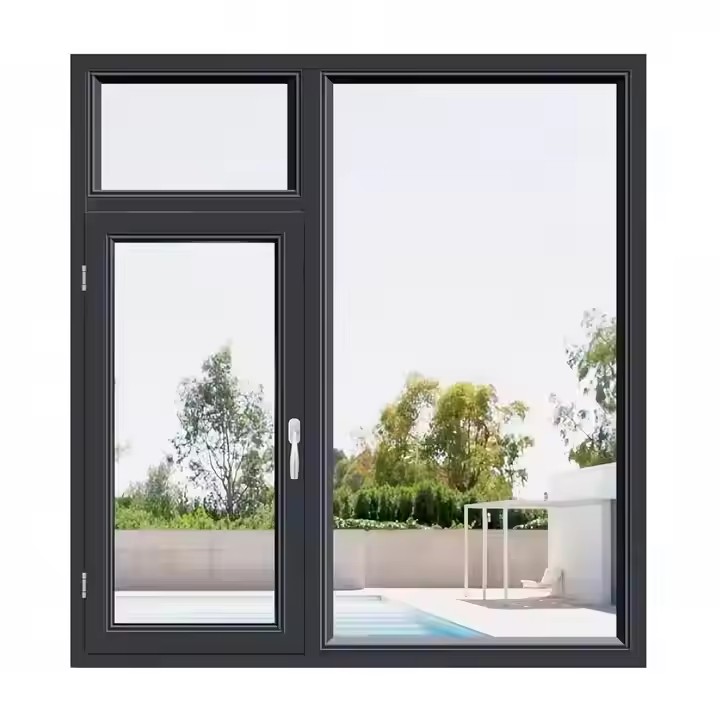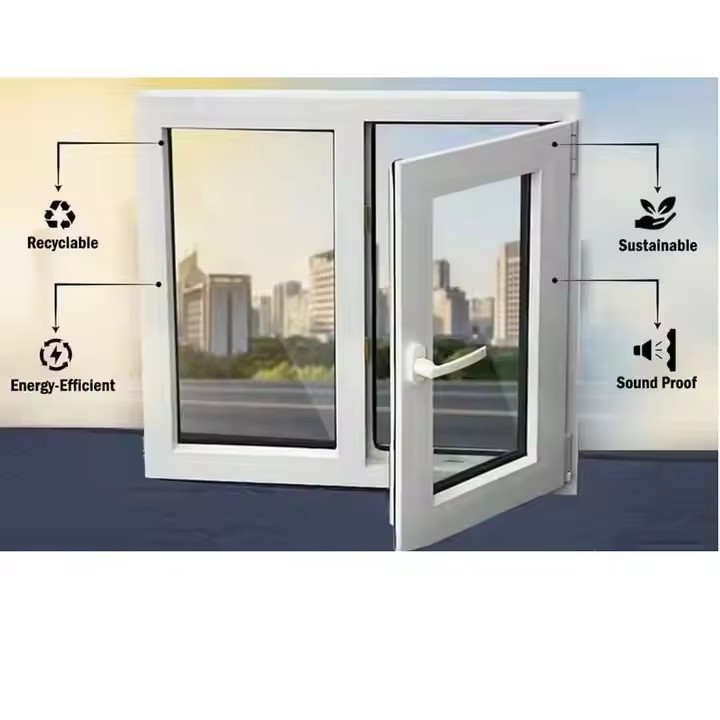- Precisely Targeting the Right Market: Strategy Based on Layered Demand
Overseas market demands vary greatly, and entering blindly can lead to wasted resources. A three-dimensional analysis—geographical characteristics + architectural style + regulatory standards—is essential to identify core markets and define product positioning. Precise targeting allows for demand-driven strategic planning.
Geography and Climate:
In tropical regions (e.g., Southeast Asia, the Middle East), sliding windows must address sun protection, insect prevention, and ventilation. This requires UV-resistant glass and invisible screens.
In high-latitude regions (e.g., Europe, North America), thermal insulation and soundproofing are prioritized. Double-glazed insulated glass and multi-layer sealing are necessary.
For example, Canadian winters are harsh, and local regulations require window U-values below 1.2 W/(㎡·K). This means sliding windows must be optimized structurally, such as with thicker profiles and insulated material fills.
In areas prone to sandstorms, windows need stronger structural stability and superior sealing to prevent dust intrusion.
Architectural Styles and User Habits:
European homes prefer minimalist designs, so profiles should feature slim lines and low-saturation colors (like light grey or beige).
North American markets favor large glass areas for maximum natural light, requiring stronger profile load-bearing capacity.
Southeast Asian apartments, often compact in space, have high demand for narrow frames and concealed tracks to enhance visual openness.

Regulatory Compliance:
It is crucial to comply with local technical standards:
EU’s CE certification requires tests on wind resistance, water tightness, and air permeability.
The U.S. NFRC certification focuses on energy efficiency.
Australia’s AS 2047 standard specifies installation accuracy.
Obtaining these certifications early helps avoid delays in market entry due to compliance issues.
- Differentiated Product Innovation: From “Fitting In” to “Leading” Market Needs
In competitive overseas markets, exporting standardized products is rarely enough. Instead, identifying pain points and offering value-added experiences through differentiated innovation is key.
Functional Innovation:
Focus on frequent local scenarios:
For rainy regions in Europe, develop automatic drainage tracks with sloped bottom channels and hidden drains to prevent water leakage.
For dusty Middle Eastern environments, introduce magnetic sealing strips that auto-attach when closed, reducing dust intrusion.
In hurricane-prone areas like North America, use reinforced hardware (e.g., 304 stainless steel hinges, anti-lift locking points) to increase wind resistance above Level 9.
Smart Upgrades:
Key to accessing high-end markets, especially in smart-home prevalent regions like Europe and the U.S.:
Embed sensors and control systems for intelligent features (e.g., auto-open 10cm for ventilation when indoor temperature exceeds 26°C).
Integrate with mobile apps for remote control, fault detection (e.g., hardware wear alerts).
Add anti-pinch sensors to improve family safety.
Though costlier, smart sliding windows appeal to premium residential and commercial projects, with profit margins exceeding 30%.
Material Innovation:
Must balance performance and sustainability:
Use recycled aluminum profiles (over 30% recycled content) and water-based eco-paint (VOC emissions < 0.1g/L).
Acquire green building certifications (e.g., LEED in the U.S., EPD in the EU) to enhance competitiveness.
For markets that favor local sourcing, establish supply chains in target countries (e.g., an aluminum processing plant in Mexico for North America) to reduce logistics costs and lead times.
- Multi-Channel Strategy: Integrating Online and Offline to Reach Customers
Channels are the core link between product and users. Based on the characteristics of the target market, a B2B-focused, B2C-supported multi-layered network should be developed to balance bulk orders with brand presence.
B2B Channels: Engineering and Wholesale Priority

These are key to the early stage of overseas expansion:
Partner with local contractors and developers to become a designated supplier.
For instance, when Chinese developers like Country Garden and Hang Lung undertake overseas projects in Southeast Asia, they can include your products in their supply chain.
Work with large European distributors (e.g., Leroy Merlin in France, B&Q in the UK) to reach smaller renovation companies via their retail networks.
Attend international building material exhibitions like BAU (Germany), IBS (USA), and The Big 5 (Middle East) to showcase window performance (e.g., live water-tightness demos) and attract project buyers. Post-event follow-up with customized solutions (e.g., adjusting window sizes based on blueprints) increases conversion rates.
B2C Channels: Brand Building and Retail Growth
Suitable for mature markets:
Join e-commerce platforms like Amazon or eBay, and offer modular sliding windows with pre-assembled kits and installation videos for DIY customers.
In Southeast Asia, utilize TikTok and Facebook to promote short-form, scene-based videos (e.g., “before-and-after sliding window makeover for small apartments”), guiding users to local partner showrooms for hands-on experiences.

